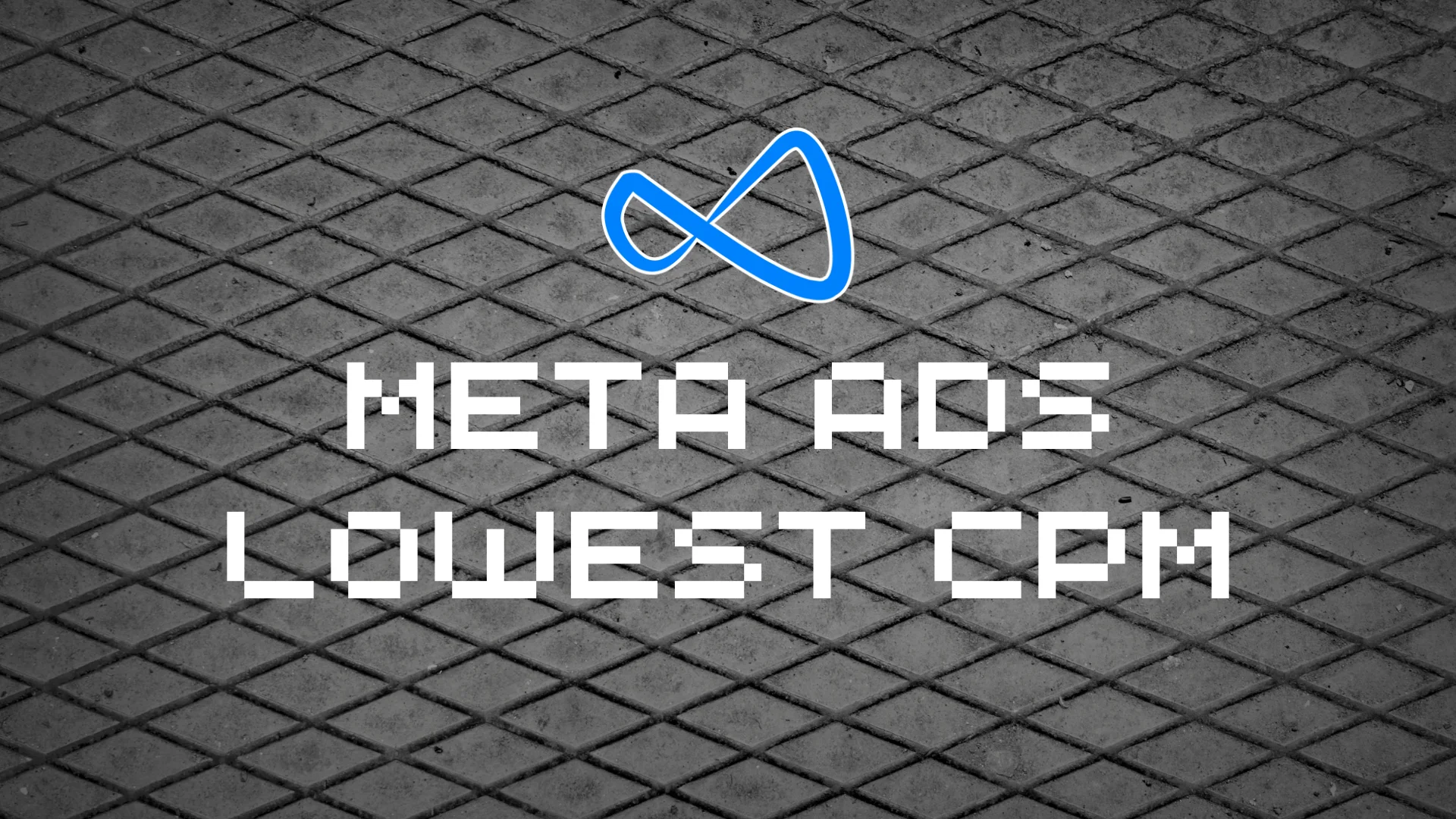You stand at the base of a mountain you want to conquer. Casting your eyes up, you see the summit in the distance, shrouded in uncertainty. The path ahead isn’t as clear as you hoped. You feel overwhelmed. But then you realize those who’ve come before you have scaled this mountain. If they reached the summit, so can you. To do that, though, you must concentrate on each step rather than the steepness of the climb. With your content strategy, you can ascend the heights of Google search results when you take it one step at a time. Let’s unpack the ins and outs of creating a website page that both humans and search engines will love to help your content reach the top.
Framework for Google rankings
In planning to climb the mountain, you should reverse-engineer the process. By working backward, you can map a trail for success with a fresh, comprehensive piece of content – starting with the head term (the tallest peak), the core topic (the secondary hill), and then the subtopics (the forest adjacent to the mountain).
Let’s reverse-engineer a topic familiar to most people but not well understood – credit scores.
1. Choose the overarching topic
Select your main topic, commonly referred to as the “head term.” Choose something you can build topical relevance around. Be broad. Your goal is not to rank for the head term – though that would be nice. The head term’s purpose is aspirational to inspire the keywords around which you create content consistently. It should align with your products or services and resonate with your target audience. It should represent the main goal, idea, or problem that interests your customers. After all, your content is intended to convert visitors into patrons. Include this head term in multiple places on your website, such as a URL or title. Example: “Credit score” is a sufficiently broad term with a high monthly search volume (155,000), according to Ahrefs.
2. Identify core topics
Consider the core themes – the keywords support and contextualize your head term. Your goal is to rank for these themes. A core theme does not need to mirror the head term exactly. Modern search engines comprehend synonyms. Put yourself in the audience’s shoes for the keyword research. What phrases and words would they use? What problems do they face, and what words would they use to find solutions to those problems? Consider using tools like Ahrefs’ Keywords Explorer to find thousands of relevant keyword ideas in addition to your ideas. Dissect the top-ranking pages for those keywords. Analyze user intent and content quality. Identify areas for improvement. Choose the core topics by striking a balance among relevance, search volume, and keyword difficulty (the higher the difficulty, the more challenging the climb on the results pages.) Example: A search for “credit score” yields related suggestions like “free credit report,” “length of credit history,” and “average credit score.” In this case, “what is a good credit score” would be a great core topic to indicate the page’s meaning. This keyword phrase has a high volume of traffic (82,000 a month) and a manageable keyword difficult score (74 out of 100). Image source: Ahrefs Here’s what the search engine results page looks like for “what is a good credit score.” It includes a featured snippet that links to a URL from Equifax. Then, Experian claims the first organic, non-paid listing. The Experian page gives a quick answer, “For a score with a range between 300 and 850, a credit score of 700 or above is generally good.” The rest of the site delivers user-friendly, comprehensive content divided into sections and articles with hyperlinks for deeper exploration.
3. Form subtopic clusters
Reinforce your core themes with subtopic clusters in the form of blog posts, videos, and how-to guides. They lay the foundation for your climb to become the leading authority on the head-term topic. Ponder potential subtopic content ideas as questions since search queries tend to take this form and indicate the user’s intent. What do they look for when they search for this topic? Are they seeking information, a solution to a problem, or a product/service recommendation? Google’s related searches and people-also-ask features serve as a gold mine for finding related questions. Tailor your pillar content to align with user intent. A subtopic’s monthly keyword search should be in the range of 500 to 15,000 to find high-volume phrases with a lower level of difficulty. Also, consider these general SEO tips: Create perspective-driven content: Google increasingly values content written from a first-person perspective. Place the keywords: Incorporate your target keywords naturally throughout the content, including in the title, headings, subheadings, and body. Optimize images: Use descriptive alt tags for images and compress them to improve page load speed. Design the experience: Ensure your head-term or pillar page provides an excellent user experience on desktop and mobile devices. Check the page speed: Google considers page speed as a ranking factor. Optimize images, use a reliable hosting service, and minimize code to shorten load times. Link to internal content: Add links to your site’s relevant cluster content and related resources. Add external links: Request external links to your targeted page from third-party sites. External links can indicate a higher authority of the content to search engines. Example: The No. 1 ranking content for “what is a credit score” from Experian includes brief sections to outline the types of credit scores – FICO and Vantage – as well as what affects a credit score, why having a good credit score is important, and how to improve your credit scores. Experian doesn’t stop there. It uses the overview article to highlight the answers but then devotes subtopic articles to those individual questions, such as what a good FICO score is, to create subtopic clusters. In investigating the potential of “what is a FICO score,” you can see it has a good monthly search volume (9,100) and an OK difficulty score (67 out of 100.)
Keep climbing
As you embark on the journey toward the summit of Google rankings, keep in mind the path isn’t quick to travel. Yet, with meticulous planning and a steadfast mindset, it’s an attainable feat. Of course, creating great content is only half the battle. You must promote it to reach a wider audience. Share your web page on social media, email newsletters, and other marketing channels. Consider reaching out to influencers or industry experts for collaborations or guest posts that link back to your content. Venture step by step, recalibrate your strategies, and ascend toward the ranking heights you’ve envisioned. As you scale the mountaintop, take a moment to relish in your accomplishment and enjoy the view.
Updated from an August 2020 article. Please note: All tools mentioned in this article were suggested by the author. If you’d like to suggest a tool, share the article on social media with a comment. Want more content marketing tips, insights, and examples? Subscribe to workday or weekly emails from CMI.
HANDPICKED RELATED CONTENT:
Cover image by Joseph Kalinowski/Content Marketing Institute























